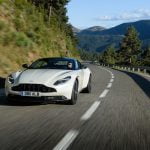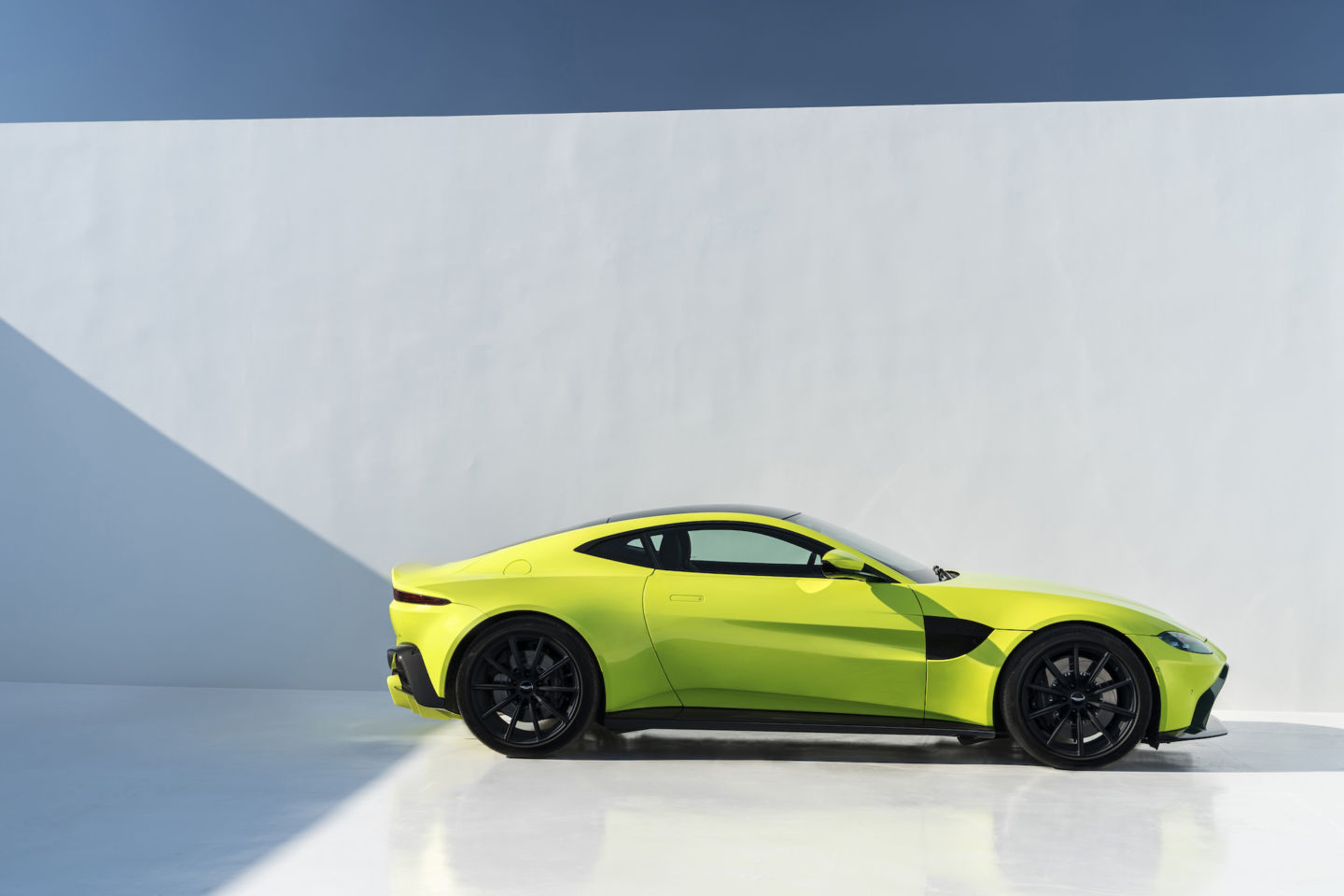
On Tuesday morning, the second vehicle in Aston Martin’s new “Second Century” plan was revealed to the world. The new Vantage sports car is a modern replacement for the company’s best-selling model of all time. Powered by a 503hp 4.0L twin-turbo V8, it’s a lighter, more-focused vehicle than the related DB11, which first saw daylight in 2016.
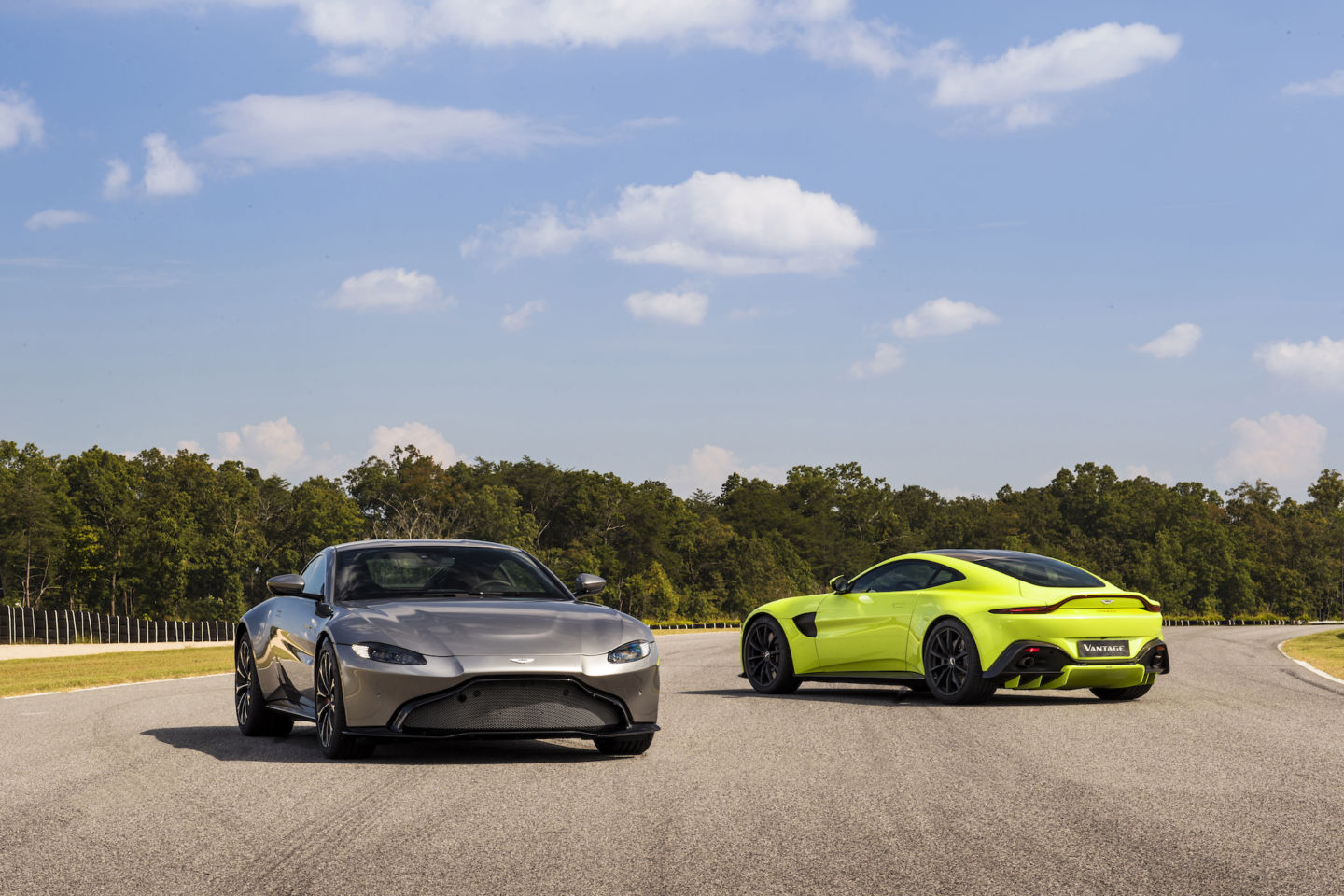
The Vantage is the company’s entry-level car—although this is Aston Martin we’re talking about, so “entry-level” means $150,000. It’ll be some time before we get to drive the new Vantage. But just based on these photographs, plus my experience of the new DB11—by a quirk of fate, you’ll be able to read about that vehicle tomorrow—the Vantage will almost certainly justify that price tag.
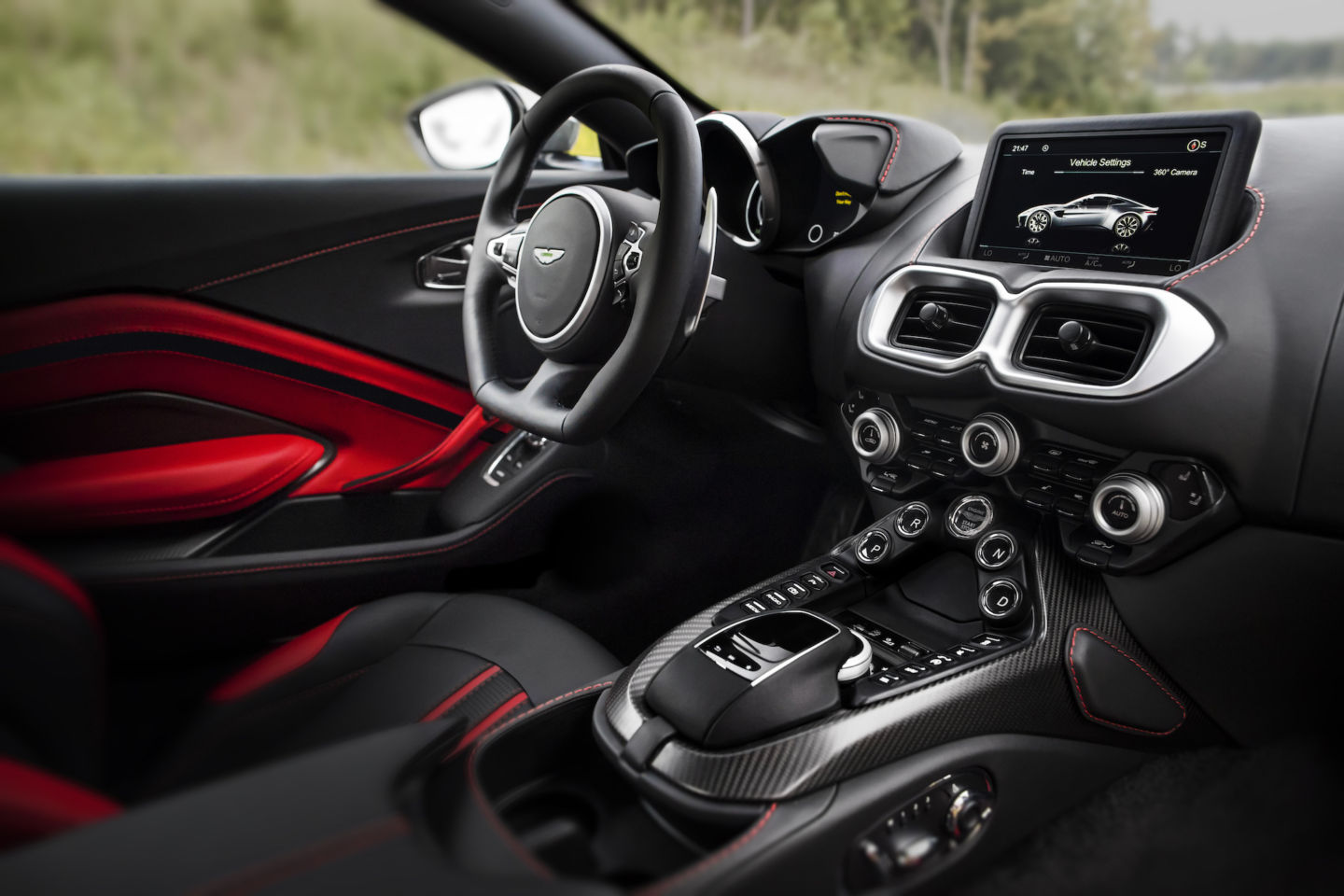
Back in 2005, the V8 Vantage became the second car to use Aston Martin’s then-new VH bonded aluminum architecture. Until then, “Vantage” had been a label tagged onto especially fast versions of other Aston Martins, like the 550hp, twin-supercharged evolution of the hand-built Chesterfield sofa-on-wheels that was the 1990s-era Virage. A lighter, more nimble Aston Martin turned out to be a big hit with both V8 and later V12 power, and more than 21,500 were sold, making it the best-selling vehicle in the company’s 104-year history.
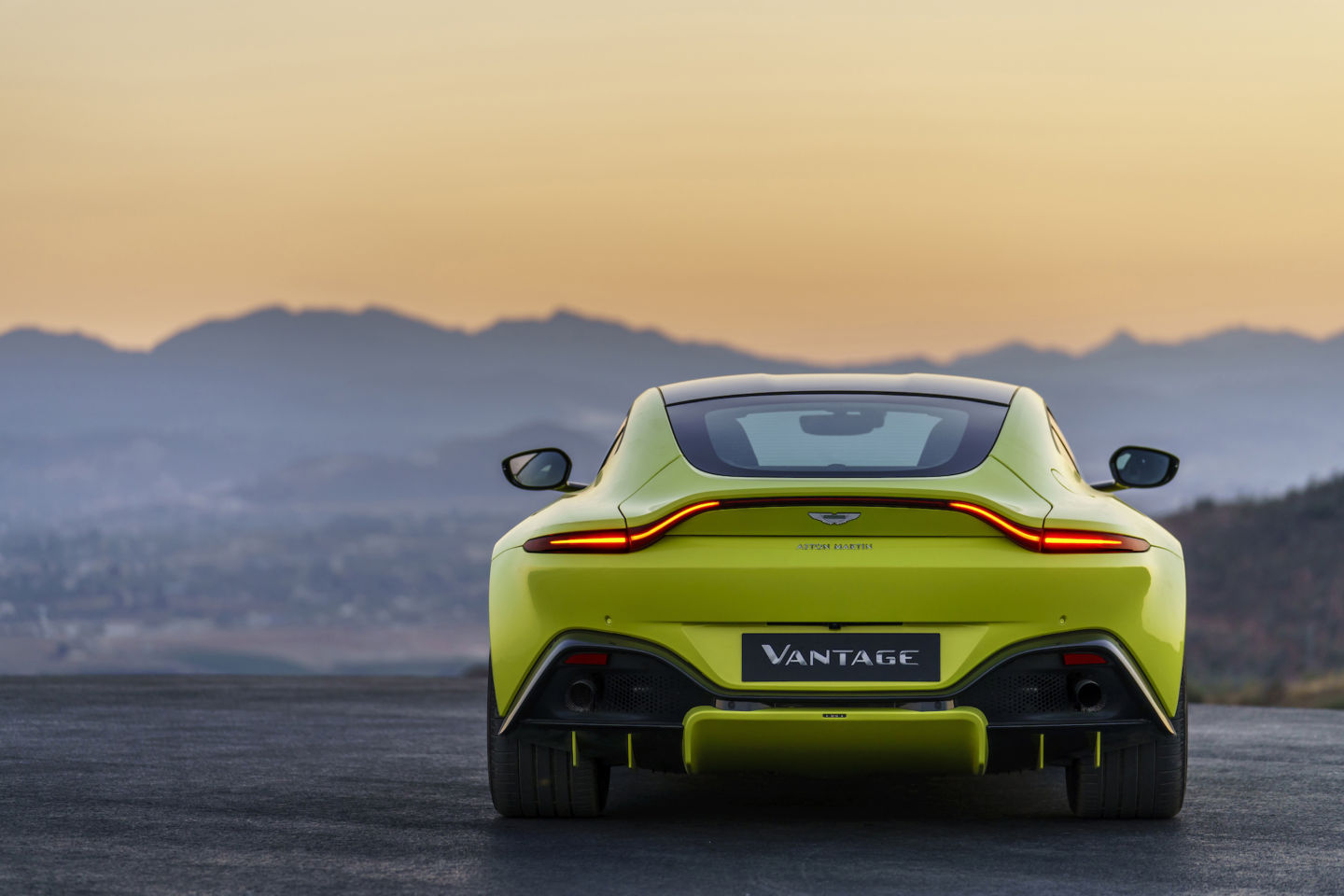
The new Vantage is definitely a compact package; it’s 11 inches (284mm) shorter than the DB11, and it manages to take up less room on the road than even a Porsche 911. It’s significantly lighter, too; the company says it has a dry weight of 3,373lbs (1,530kg), and the sprint to 60mph should take just 3.6 seconds. The engine is courtesy of a technology partnership with Mercedes-Benz.
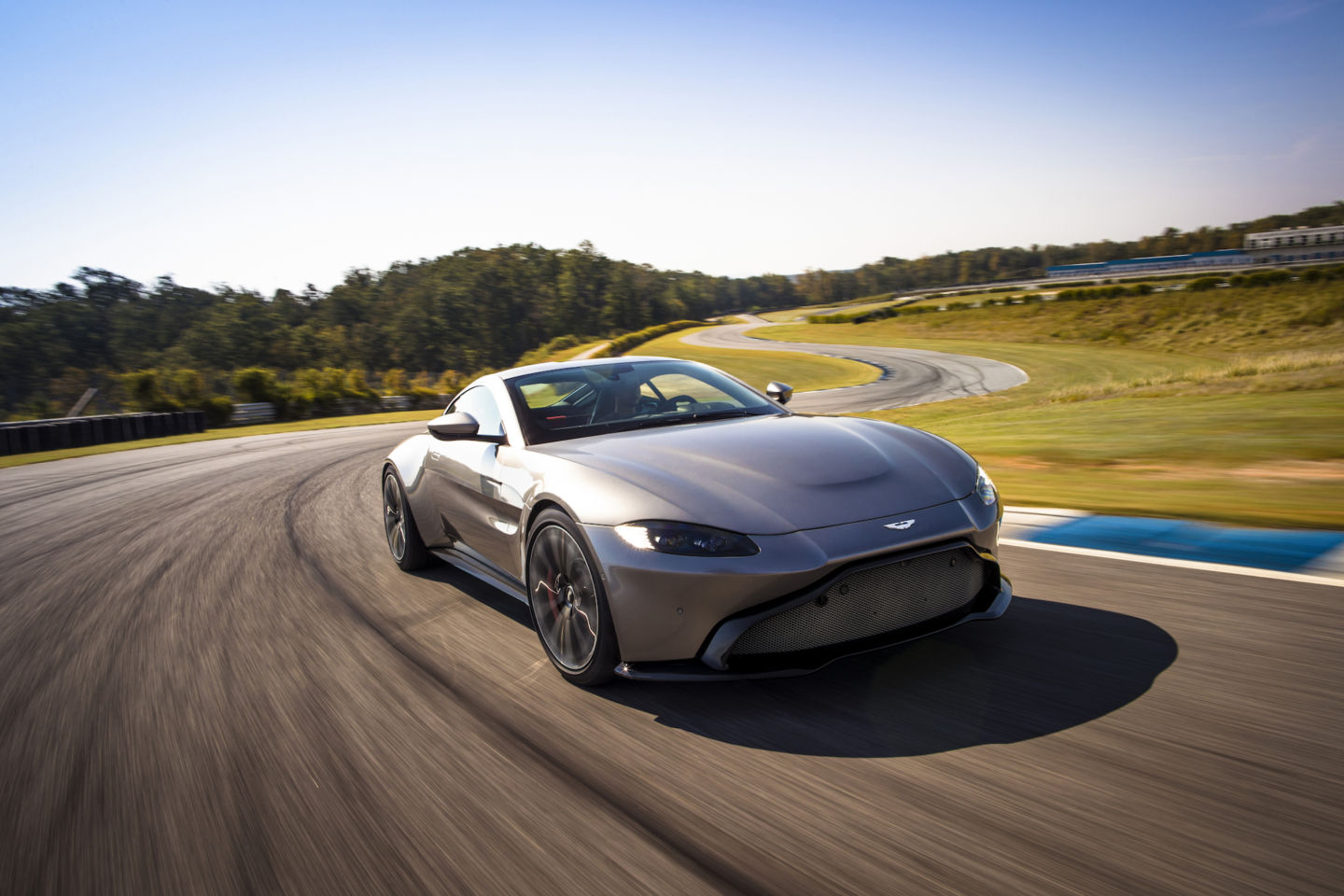
It’s the second outing for this twin-turbo power plant under the hood of an Aston Martin, having recently been added as an option to the DB11 range as well. As in that car, it’s coupled to ZF’s very good eight-speed automatic gearbox. But the company says that despite sharing an architecture and engine with the DB11, 70 percent of the components in the Vantage really are all new.
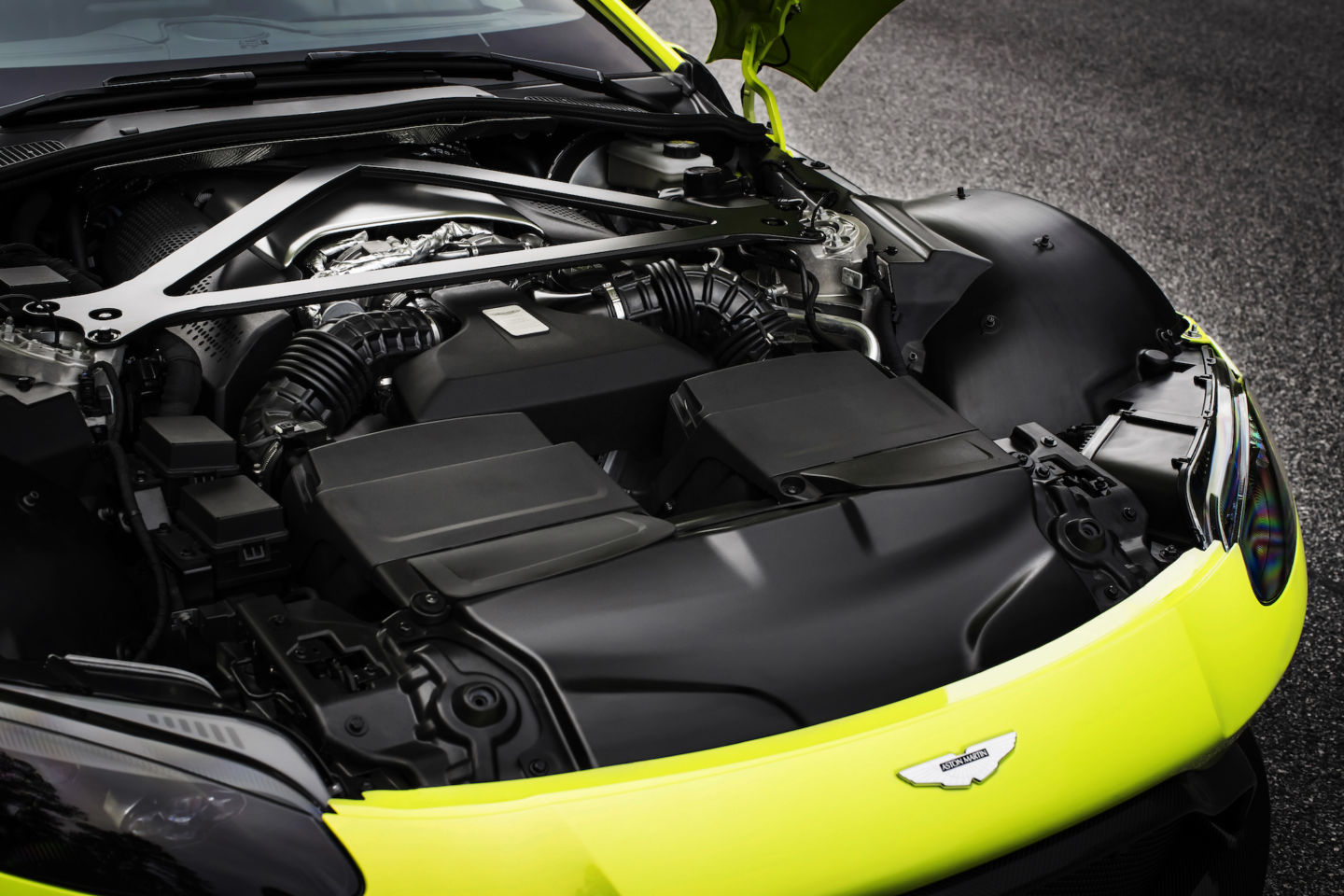
It’s a distinctive-looking car, recognizably an Aston Martin but also visually different from the DB11. The front is dominated by that large front grille and splitter. Aston Martin’s press release describes the Vantage’s styling as giving it “an athletic, predatory stance.” If that’s another way of saying it looks flat-out mean, I’d agree. It looks like the sort of car that, if left parked out on the street overnight, might eat any small animals or children that happened to pass it by.
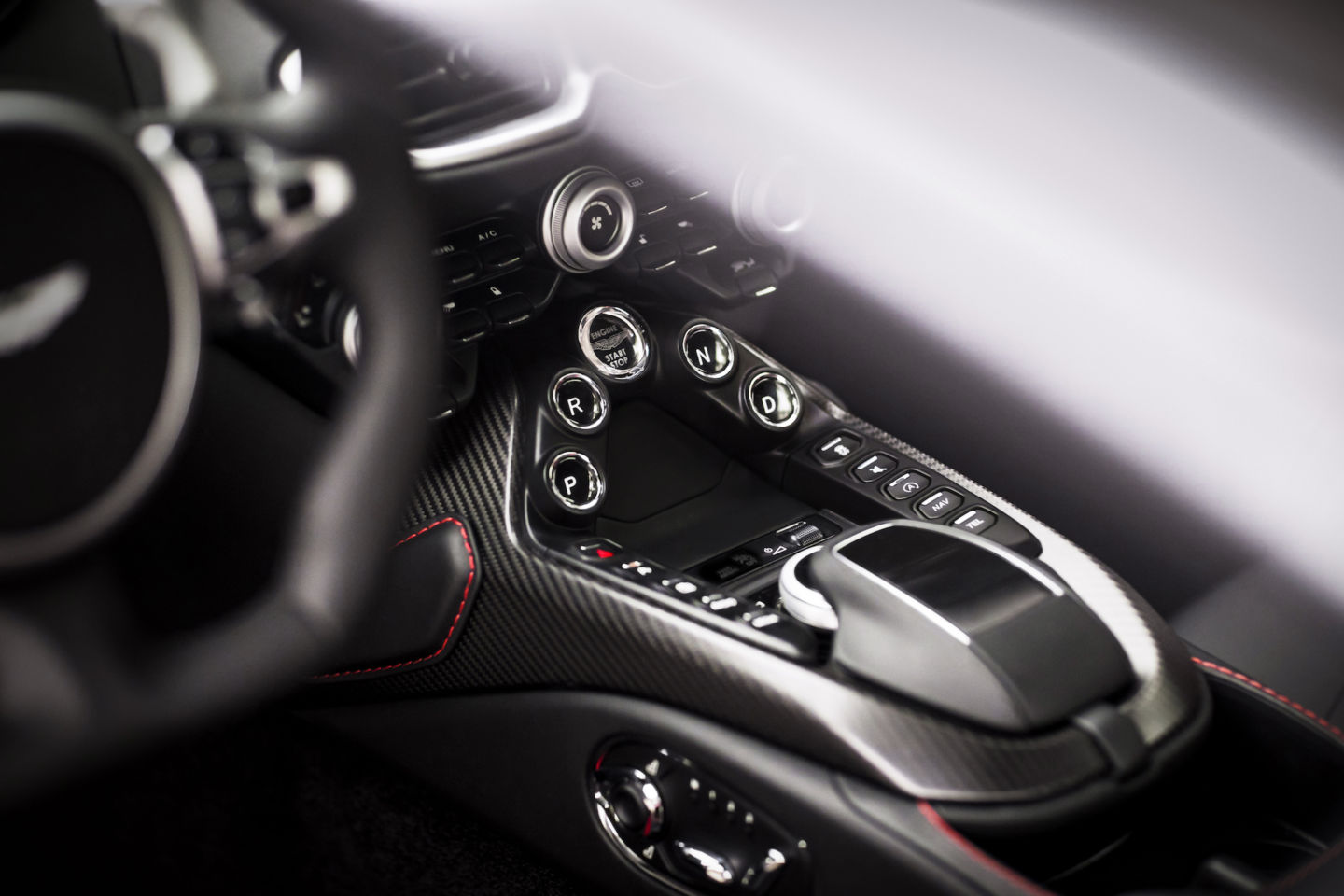
The photos for the Vantage reveal an eye-catching interior that looks as dramatic as anything we’ve seen from Ferrari or Lamborghini in recent years. It also looks to have fixed some of the layout complaints I had with the DB11 (again, you’ll have to wait until tomorrow to read about those).
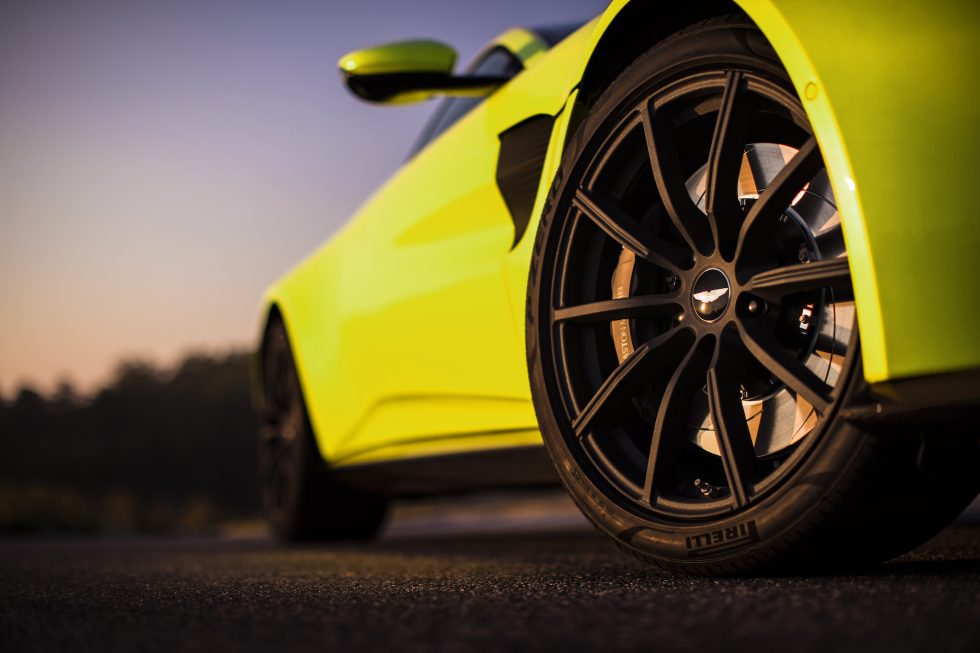
There’s no doubting its visual punch, particularly in that retina-searing “Lime Essence” paint job shown in some of the press shots. But the Vantage also has a shape borne of the wind tunnel and the lessons Aston Martin has learned racing the outgoing Vantage at places like Le Mans and the Nürburgring. This car will spawn a racing program, too, and the road car is a good place to start. It has a 50:50 weight distribution—that V8 is pushed well back behind the front axle—and the center of gravity is nice and low.
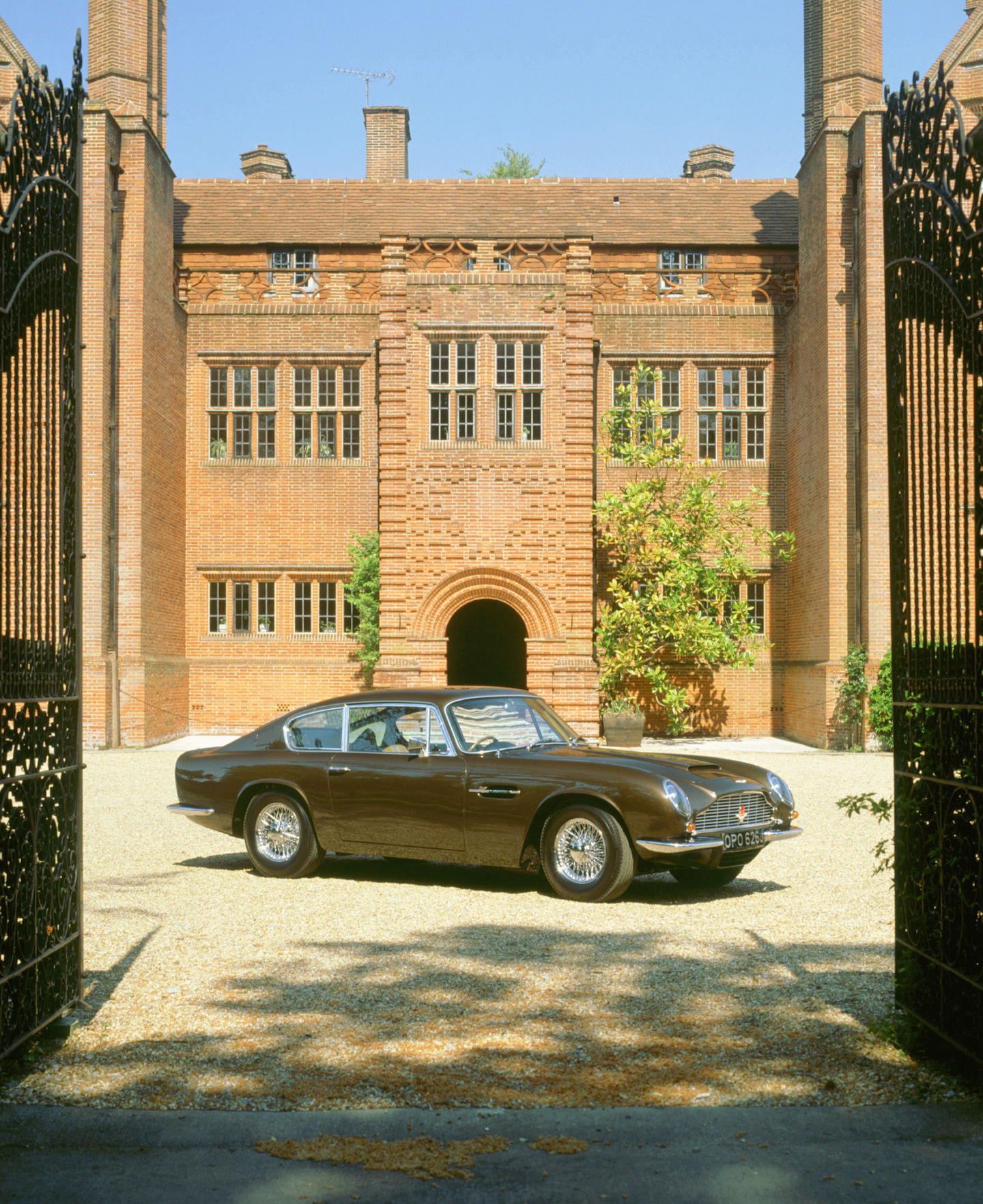
I expect the inevitable GT3 and GTE versions to sprout even bigger rear diffusers than the road-going version, which already looks quite functional. But you won’t need to be a professional racing driver to get the most out of the Vantage. Aston Martin says the Vantage features its most up-to-date adaptive damping suspension, and, with vehicle dynamics tuned by Matt Becker (who cut his teeth at Lotus), I doubt it will disappoint.
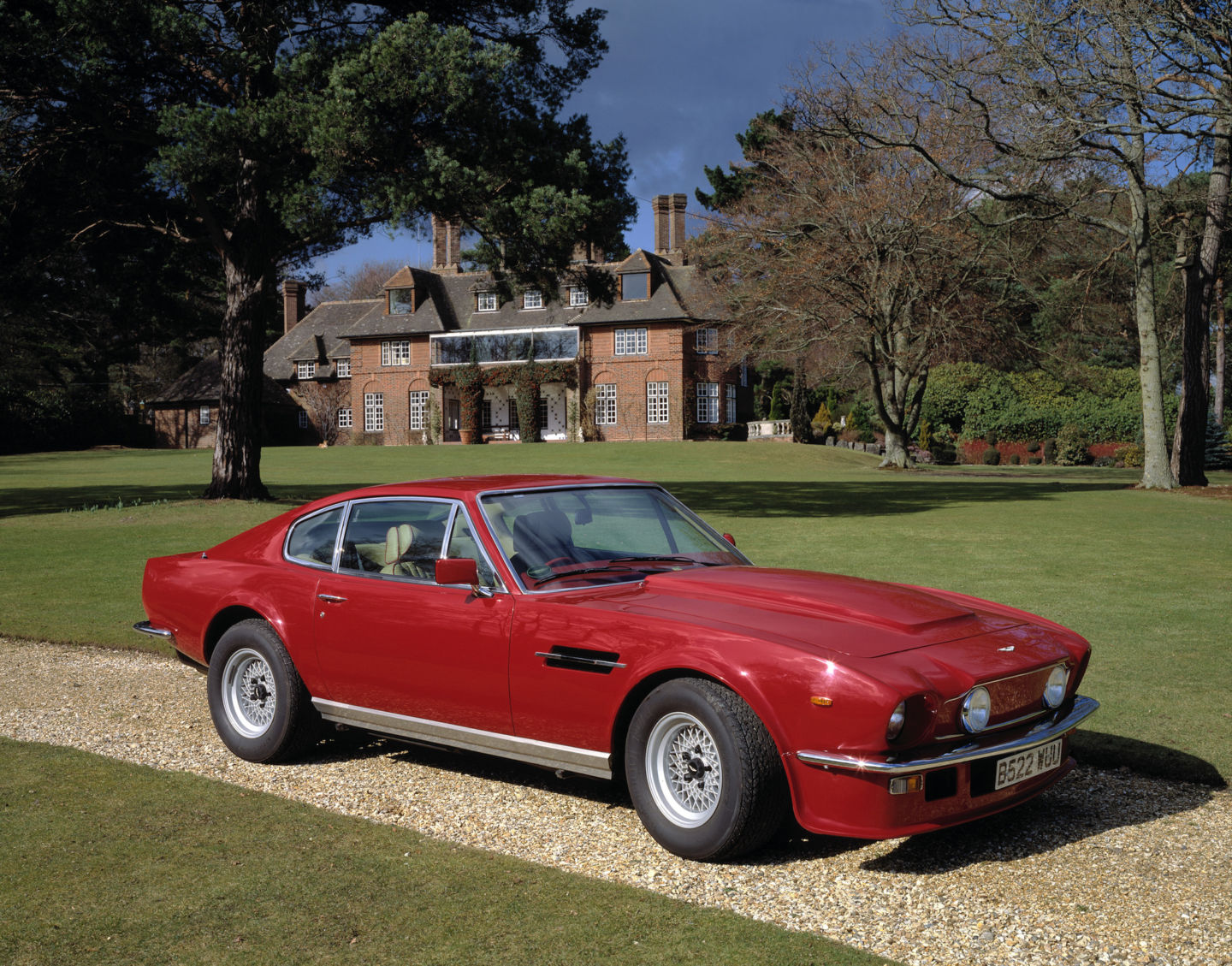
[“Source-arstechnica”]




